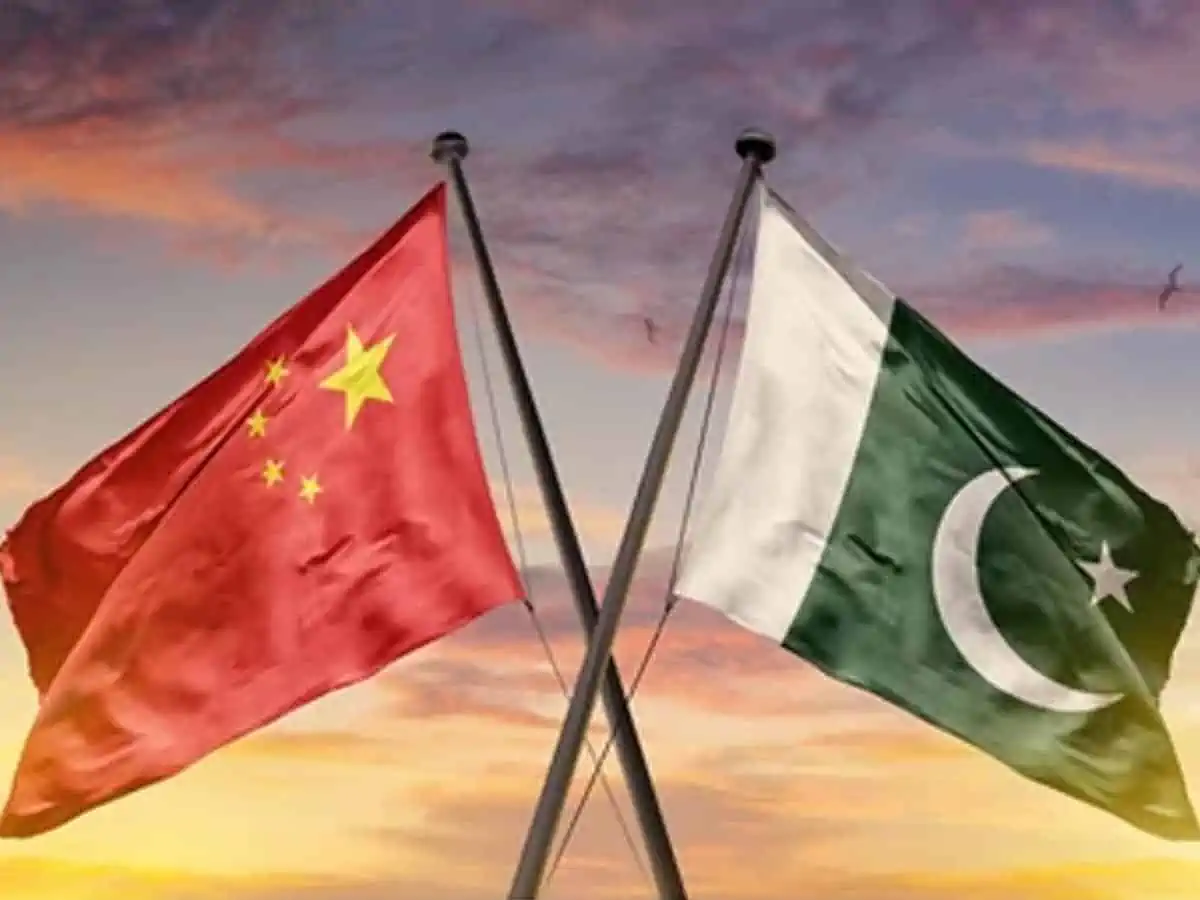With Beijing and Islamabad signing at least 32 MOUs related to China Pakistan Economic Corridor [CPEC], it’s time for those who continue to believe that this ambitious USD 62 billion project will forever end Pakistan’s economic woes to celebrate. What must be even more exhilarating for the pro-CPEC camp is the news of Beijing’s willingness to roll out an “upgraded version” of CPEC in the second phase that will commence soon.
While CPEC certainly improved surface communication and power generation, yet this project hasn’t quite measured up to both Beijing and Islamabad’s repetitive claim of it being a “game-changer” even a decade after it was launched with much pomp and show. Hence, many are naturally wary of Beijing’s latest promise of an “upgraded version” of this project as lack of clarity on what it means raises several questions regarding this beguiling phrase.
If phase two of CPEC will be an “upgraded version”, then does it imply that first phase of this project has been executed using antiquated technology/outdated models, or is it just trying to assuage public disenchantment with this project by making tall promises? An “upgraded version” implies replacement of existing features with better and more efficient alternatives, and achieving this requires substantial investment in both terms of capital and time. So, will Beijing provide the proposed “upgraded version” without any associated cost escalation in the particular project?
If the answer is ‘No’, then where will Islamabad find the money for the “upgraded version” of CPEC? And if the reply is ‘Yes’, then isn’t it obvious that Beijing had craftily inflated the initial project estimates? This apprehension may sound outlandish but the CPEC ML 1 railway project aimed at reviving and redesigning construction of a 1,726 km long track from Karachi to Peshawar is a case in point. Originally pegged at USD 9.85 billion, it was subsequently reduced to USD 6.678 billion after Pakistani experts excluded extravagant and avoidable expenditures by focussing on critical aspects of the project.
Pakistan Railways achieved more than USD 3 billion savings by prioritisation and ingenuity while ensuring no dilution in the laid down objectives. Instead of upgrading all 630 level crossings, the most critical ones have been identified and instead of building new bridges over rivers, the comparatively much cheaper option of strengthening existing bridges has been incorporated. Though the tracks would have the designated speed limit of 140 km per hour, they would still be capable of supporting the desired speed of upto 160 Km per hour envisaged in the original plan!
Similarly, there are also compelling indications of exploitation in CPEC’s energy sector by Chinese independent power producers [IIPs]. In a well researched opinion paper titled ‘What drives Pakistan’s coal-fired power plant construction boom?: Understanding the China-Pakistan Economic Corridor’s energy portfolio’, Rishikesh Ram Bhandary and Kelly Sims Gallagher have brought out the fact that besides other considerations, “availability of Chinese public finance to support coal-fired power plants to be the most important factors that shaped energy technology selection.”
The paper has also mentioned that “while Chinese actors have been responsive to the Pakistani government’s policy choices, they have also displayed financial risk aversion, which has translated into steep economic costs for Pakistan.” This observation is buttressed by the official revelation that the circular debt [money due to IPPs] as on January 1 this year has reached a whopping Rs 2.636 trillion, and while Islamabad is trying to give excuses like increase in imported coal prices and power loss/ theft, it’s evident that IPPs are exploiting Islamabad’s inability to call for an investigation due to fear of antagonising its “iron brother.”
Former German career diplomat Dr Anne-Marie Schleich also believes that “For China, the construction and administration of coal-fired power plants within CPEC pose good alternative business opportunities abroad for its state-owned enterprises at a time when coal-fired power in China is being scaled down…” She has also highlighted Beijing’s duplicity on this issue, stating that “the focus on coal contrasts with China’s newly proclaimed domestic sustainability policy, yet China continues to be involved in coal power plants in its neighbourhood.”
So, while both Beijing and Islamabad have once again showered clichéd praises on each other, one wonders if the Pakistanis are really so gullible as to fall hook, line and sinker for China’s sweet talk and forget that the days of free lunches are long over, or is that being completely dependent on Beijing for loans to avoid debt defaults, cash-strapped Islamabad has no other choice but to dance to its “Iron Brother’s” tune?

